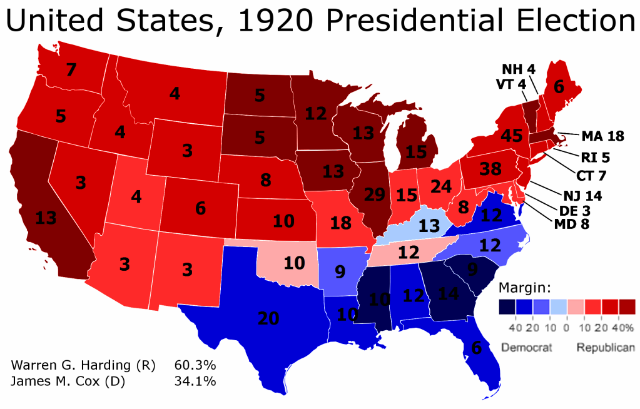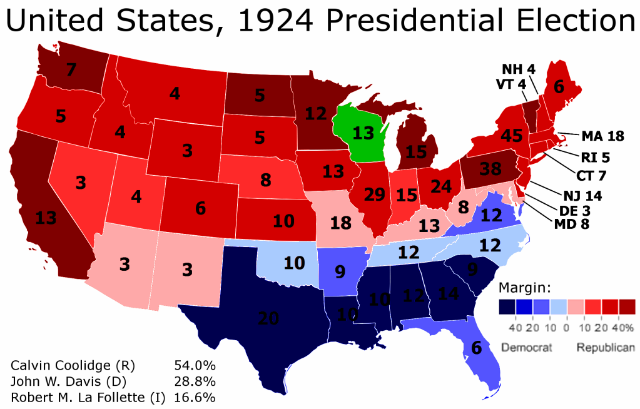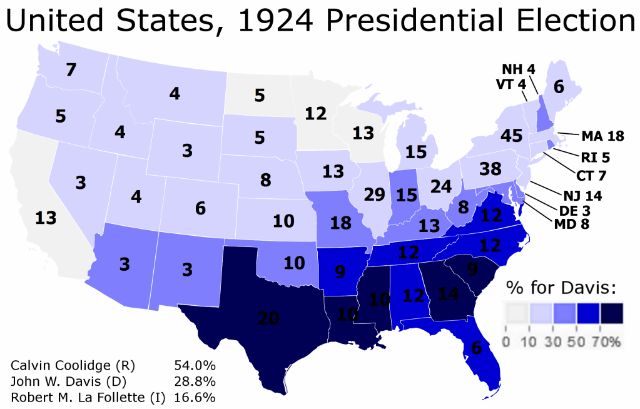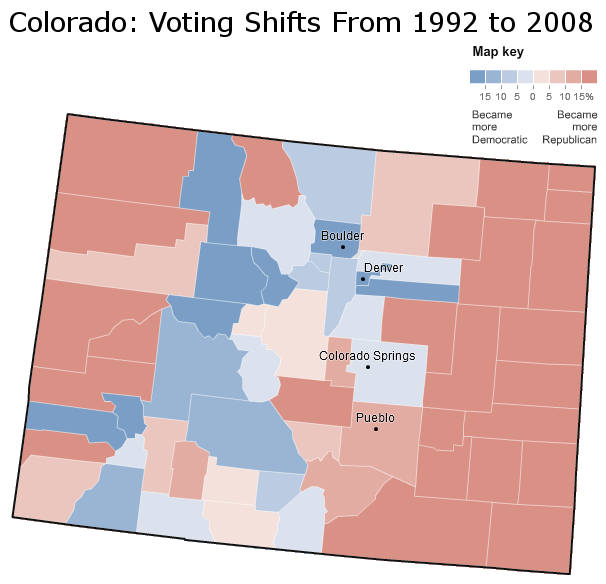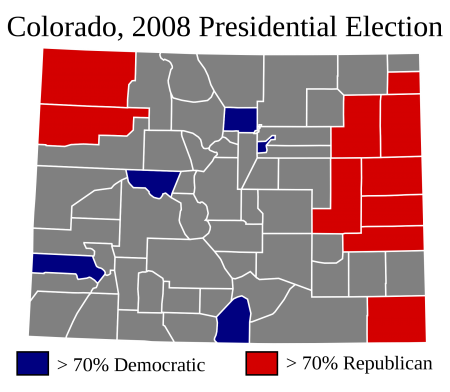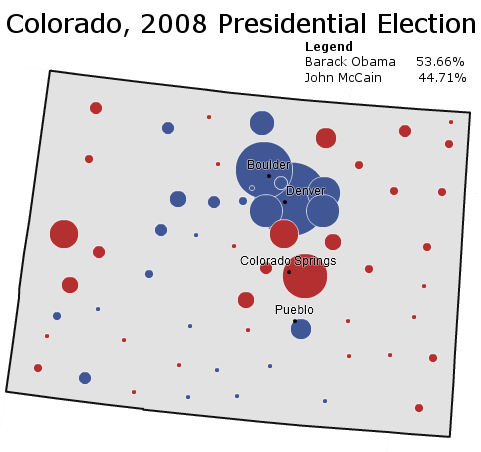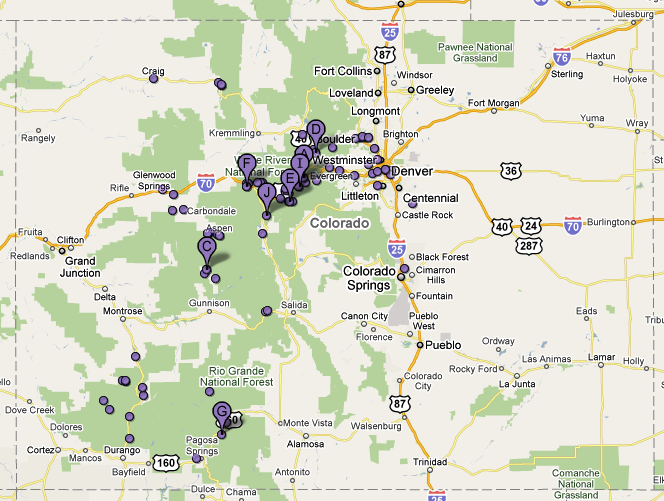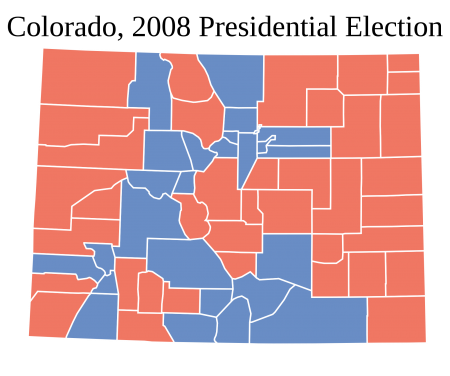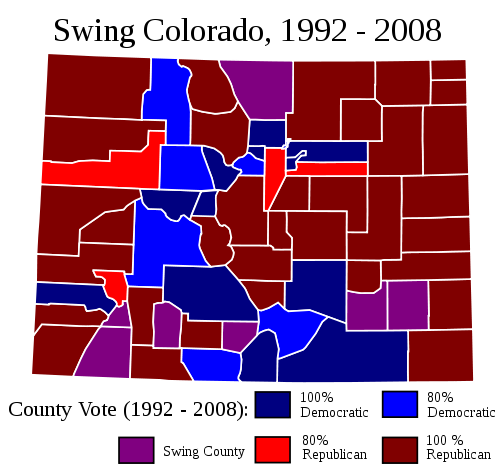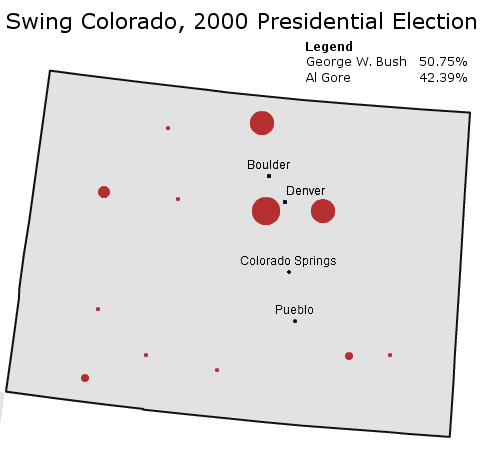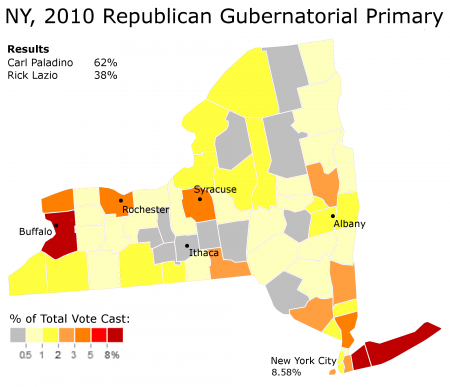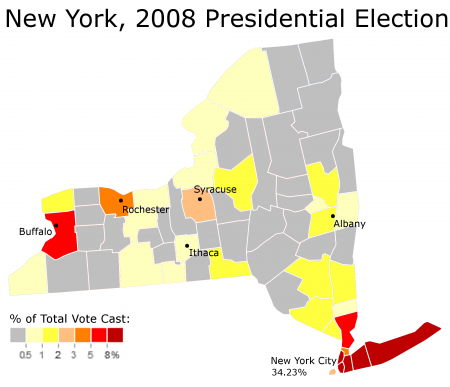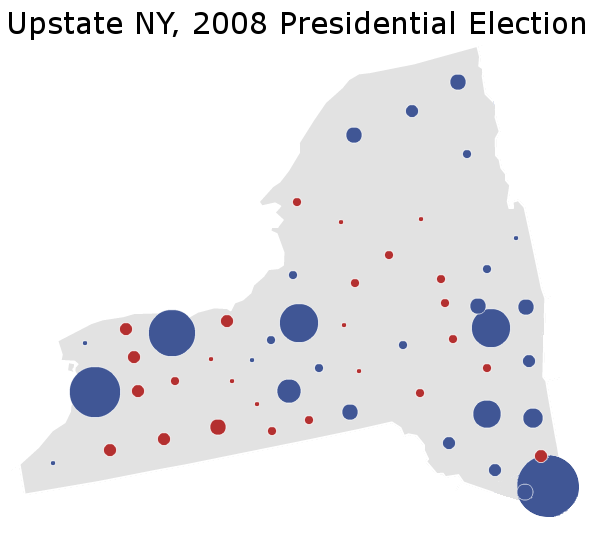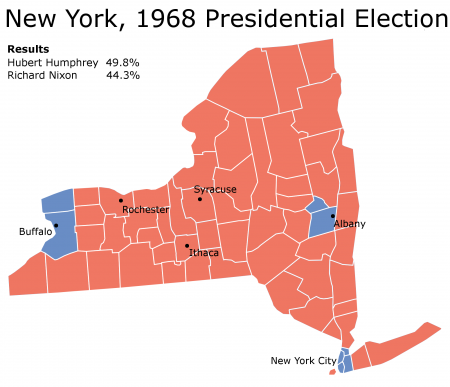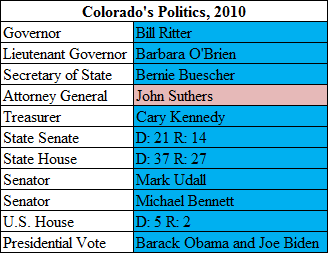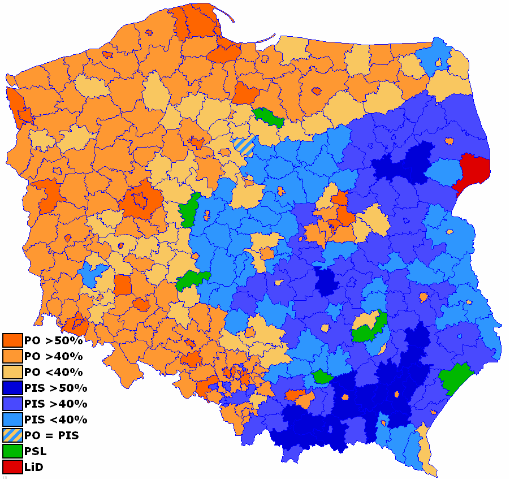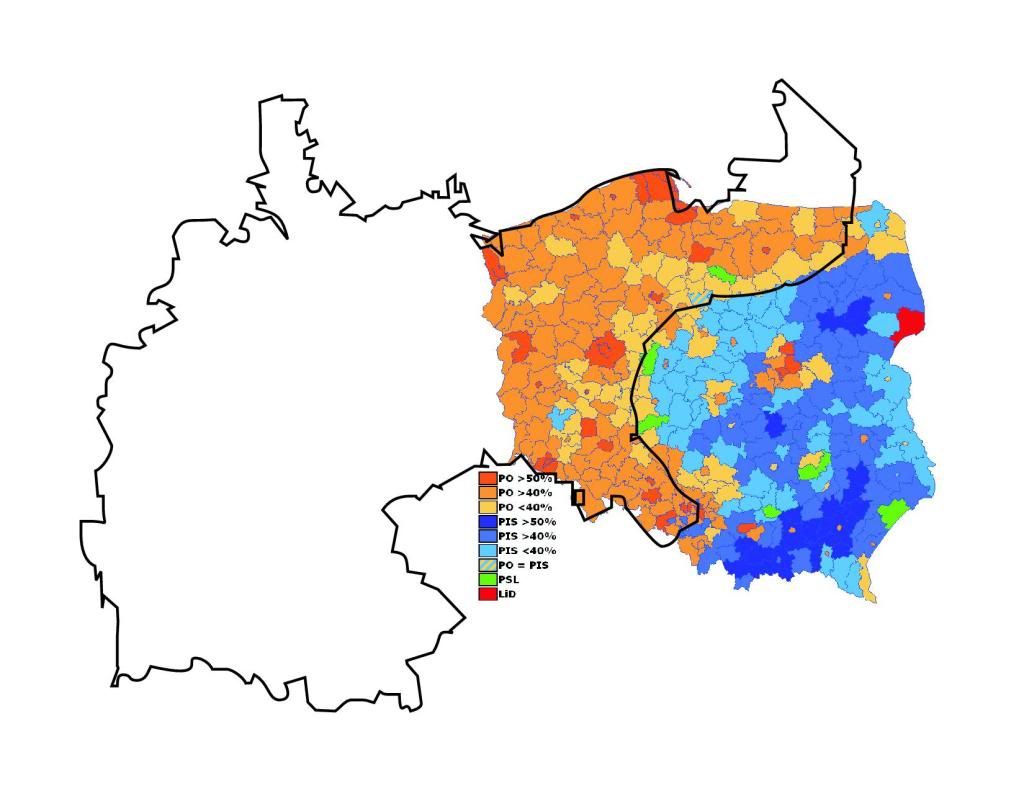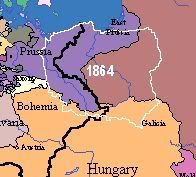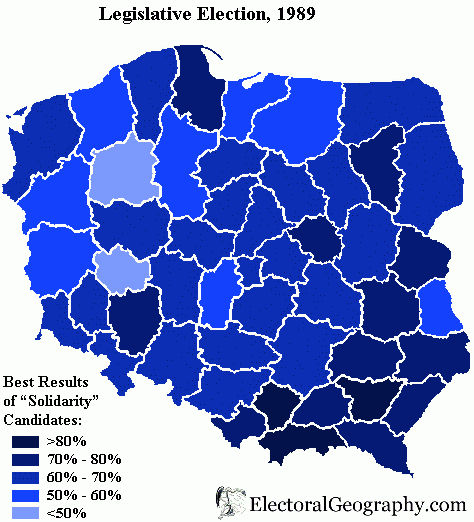This is the second part of three posts analyzing the Democratic Party’s struggles during the 1920s, when it lost three consecutive presidential elections by landslide margins. This will focus upon the 1920 and 1924 presidential election, when white ethnic immigrants abandoned the Democratic Party.
The last part can be found here.
The 1920 Presidential Election
The Democratic Party of the early twentieth century was composed of two bases (both of which no longer vote Democratic). These were Southern whites and immigrant, often Catholic, whites from places such as Ireland and Italy. Southern whites voted Democratic due to the memory of the Civil War and could be reliably whipped up with race-baiting appeals. Immigrant ethnic whites, on the other hand, saw the Democratic Party as a vehicle of defense against the dominant, Republican-voting WASP majority in the Northeast and Midwest.
The two groups had precious little in common, save distrust of the dominant Republican Party. One of the constituencies would often only lukewarmly support the national Democratic candidate (this was usually the immigrant camp, because without Southern whites the Democratic Party was nothing).
In 1920, ethnic whites walked out of the Democratic Party.
More below.
The city machines at Tammany Hall and others did not just fail to fully back Democratic candidate James M. Cox; they outright refused to support him.
This was entirely the fault of Democratic President Woodrow Wilson. The previous year, Mr. Wilson had delicately stated that:
…there is an organized propaganda against the League of Nations and against the treaty proceeding from exactly the same sources that the organized propaganda proceeded from which threatened this country here and there with disloyalty, and I want to say — I cannot say too often — any man who carries a hyphen about with him carries a dagger that he is ready to plunge into the vitals of this Republic whenever he gets ready.
If I can catch any man with a hyphen in this great contest I will know that I have got an enemy of the Republic.
The political stupidity of this quote cannot be overstated. The “man with a hyphen” was not just a politically influential constituency; in states like New York, Massachusetts, and Wisconsin he was the Democratic Party.
This, along with Mr. Wilson making the 1920 election a referendum on his extremely unpopular League of Nations, led to the result in the map above.
Democratic candidate James M. Cox lost everywhere outside the Solid South. He got barely one-fourth of the vote in New York City, less than one-fourth in Chicago, less than one-fifth in Detroit, and so on throughout all the great non-Southern cities. In the “hyphen-heavy” states of Wisconsin, the Dakotas, and Minnesota, Mr. Cox failed to break the 20% mark. Even in the Solid South, Republicans broke 30% of the vote – for the first time since 1908, when disenfranchisement of blacks was complete.
All in all, Democratic candidate James M. Cox lost by 26.2% – the greatest defeat in the popular vote, ever.
The 1924 Presidential Election
In 1924, the Democratic Party nominated a man with the distinction of being more conservative than the Republican.
Little known John W. Davis was not just a social conservative who endorsed segregation – that was true for all Southern Democrats at the time – but also an economic conservative. Mr. Davis believed in small government, states rights, and would go on to oppose President Franklin Delano Roosevelt’s New Deal.
Mr. Davis was nominated as a compromise candidate after one of the longest and nastiest Democratic conventions in history – a bitter fight with immigrant whites from big cities against Southern and Western rural whites. By the time the convention had ended, it was clear that Democrats didn’t stand a chance of winning the 1924 presidential election. After Mr. Davis’s nomination, ethnic whites walked out once again.
In 1924, Democrats lost big again. They lost by more than Walter Mondale against Ronald Reagan. They lost by more than Herbert Hoover against FDR. All in all, the Democratic candidate lost by the second greatest popular margin in American history, right after 1920.
Mr. Davis won between one-fourth and one-third of the votes. Southern whites stayed loyal; indeed, he did a quite bit better than Mr. Cox in 1920 in the Solid South.
White ethnics did not. In 1920 white immigrants had sat out the election. This time they voted for Governor Senator Robert La Follette, who was the only liberal candidate in the race. Mr. La Follette did better than the Democratic candidate in a dozen states.
Everybody else voted for Republican candidate Calvin Coolidge. Mr. Davis lost almost every single non-Southern city, including all five boroughs of New York (the last time a Democratic presidential candidate would lose New York). In Detroit, Milwaukee, Minneapolis, Los Angeles, Philadelphia, and San Francisco the Democratic candidate got less than 10% of the vote.
All in all, Mr. Davis failed to break 30% in more than half the states:
In the aftermath of this election – a second disastrous election in a row for Democrats – it was clear that a change in strategy was needed. For two elections in a row, Democrats had won Southern whites and nobody else.
In 1928, therefore, the Democratic Party nominated the candidate of the white ethnics to run for president. This time it was the turn of the Southern whites to walk out.
–Inoljt, http://mypolitikal.com/
